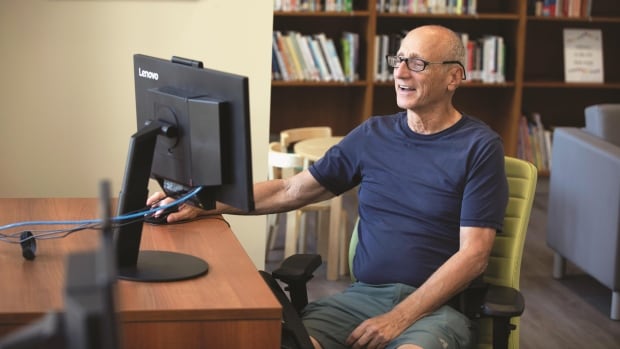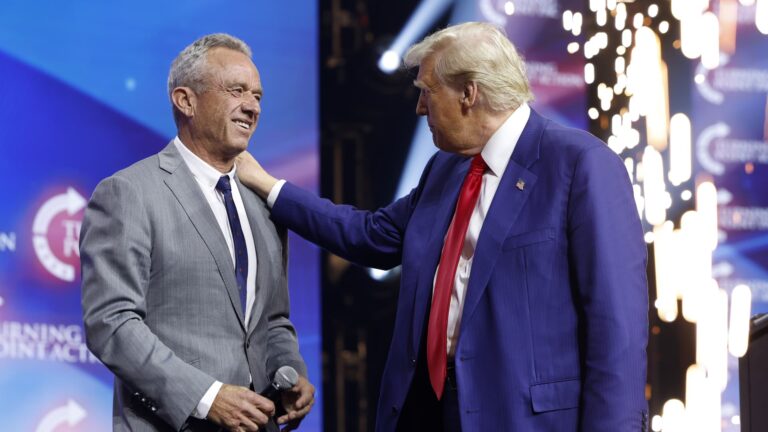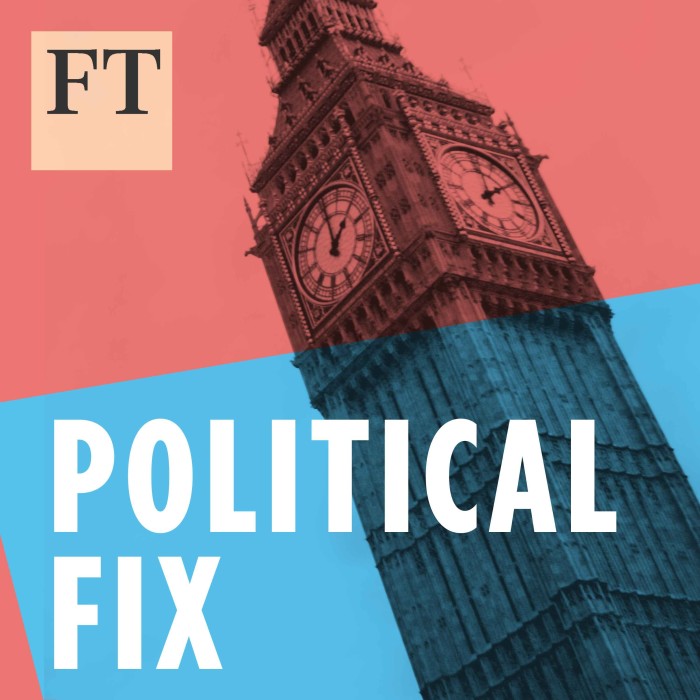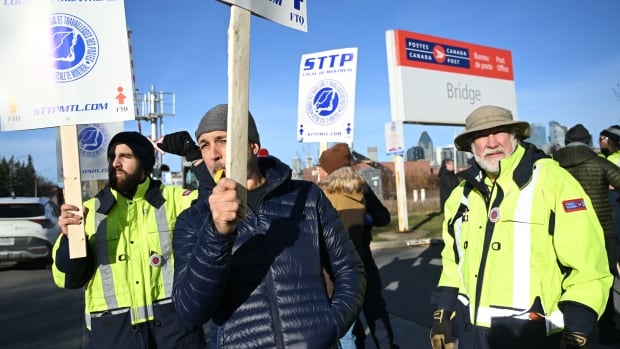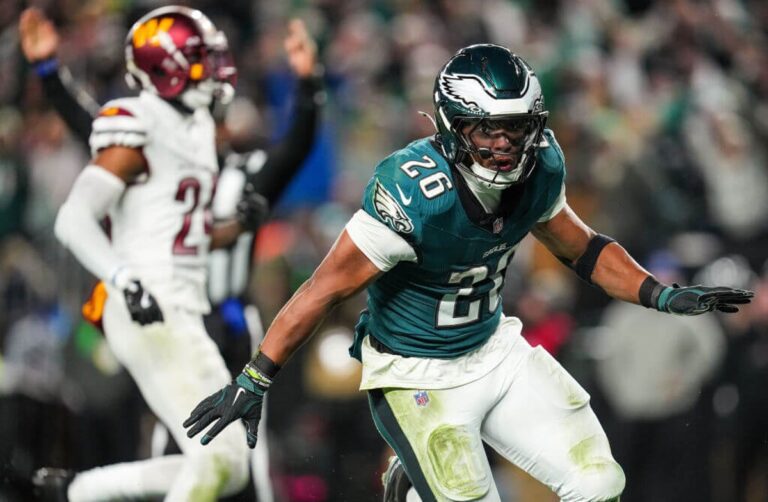
Michelle Tynan, 32, texted her mother a question last week that had never crossed her mind before: Had she received the polio vaccine?
“Yes you did!” her mother wrote back, sending a picture of her polio vaccination records and another, less pressing reminder: “Also, you got mail.”
After health officials reported a case of polio in a New York suburb in July — the first detected in the United States in nearly a decade — and traces of the poliovirus circulating in New York City wastewater, some Americans felt the urge to take stock of their immunization history. If you, like Ms. Tynan — or this reporter for that matter — found yourself reaching out to parents and guardians inquiring about polio for the first time, you were not alone.
The conversation was one played out across the United States.
In Chicago, Tyler Edwards, 33, texted his mother a few times recently about his vaccine status. First it was to see if Mr. Edwards, who is gay, had received the smallpox vaccine, which has shown to provide some protection against monkeypox. (He had not.) He reached out again after the possible polio outbreaks, and she confirmed he had received that vaccine and sent him his old vaccine card as proof.
“It went through my head like, I knew I had some vaccines but didn’t know for sure,” said Mr. Edwards, who has also received his monkeypox vaccine. “It was definitely a relief.”
For Ms. Tynan, the confirmation came as a relief as well amid coronavirus worries. She had recently tested positive for the coronavirus and had to quarantine in her parents’ basement during a visit home two weeks ago to Olympia, Wash.
For younger generations on edge after they thought they had figured out how to fend off one virus, the threat of more — like polio and monkeypox — has caught many off guard. Polio may be seared into the memories of many older Americans as a disease with devastating consequences like paralysis and death, but a successful vaccination campaign beginning in the 1950s largely eradicated polio in the United States, and with it, the virus retreated from the public consciousness.
“Polio was once so feared here in the United States, but there’s a reason we don’t fear it anymore, and that’s because of vaccines,” said Dr. William Moss, director of the International Vaccine Access Center at Johns Hopkins University. “This is one of the challenges of vaccines — you prevent a disease and it goes away, and people kind of forget about the disease or why it went away.”
The first polio epidemic in the United States began in Vermont in 1894, an outbreak that killed 18 people and left at least 58 paralyzed. Waves of outbreaks tore through the country over the next half-century, and peaked in 1952, when nearly 60,000 children were infected and more than 3,000 died. Many were paralyzed, including Franklin D. Roosevelt, who went on to start the National Foundation for Infantile Paralysis, later renamed March of Dimes. The organization sponsored vaccine trials and later, vaccination clinics across the country.
In 1953, Dr. Jonas Salk introduced the first polio vaccine, a multiple-shot regimen spread out over the school year. By 1955, after the vaccine was licensed, images of Americans with polio in leg braces and wheelchairs were replaced with mass vaccination sites in school gyms. Even Elvis Presley posed for a photograph while getting the vaccine in New York City in 1956.
From the 1960s to the 1990s, the United States pivoted to an oral polio vaccine, which was more easily administered through drops. The oral vaccine contained weakened live poliovirus. It is still considered safe and effective, but in very rare instances, the weakened virus from the vaccine can revert to a form that is transmissible to other people who are not vaccinated and can cause paralysis. As a result of the rare side effect, the United States pivoted back to the highly effective shot, which does not contain live virus.
If you grew up in the United States, chances are you are vaccinated. According to the Centers for Disease Control and Prevention, all 50 states and the District of Columbia have state laws that require children entering child care or public schools to have certain vaccinations, including polio, diphtheria and tetanus. The C.D.C. now recommends a four-dose regimen for children.
Still, after three years of managing their coronavirus status and taking precautions, many young people found themselves whispering aloud their unknown status on social media.
Dr. Moss said adults who received vaccines decades ago should not be concerned that their vaccine is wearing off. The C.D.C. is considering whether or not to recommend a booster shot to high-risk individuals, Dr. Moss said, but for the time being, that applies only to people who come into regular contact with polio patients either in the United States or abroad.
“In general, people should not worry,” he said. “People who have been fully vaccinated or received at least three doses of a polio vaccine are in general going to be protected and should not worry.”
Dr. Moss’s children, who are in their 20s, have not reached out to check on their vaccination status, he said. But he has heard from family members who live near the New York suburb where the polio case in an unvaccinated person was found. His message to them was simple: No extra vaccinations are necessary, but they “shouldn’t drink the wastewater.”

